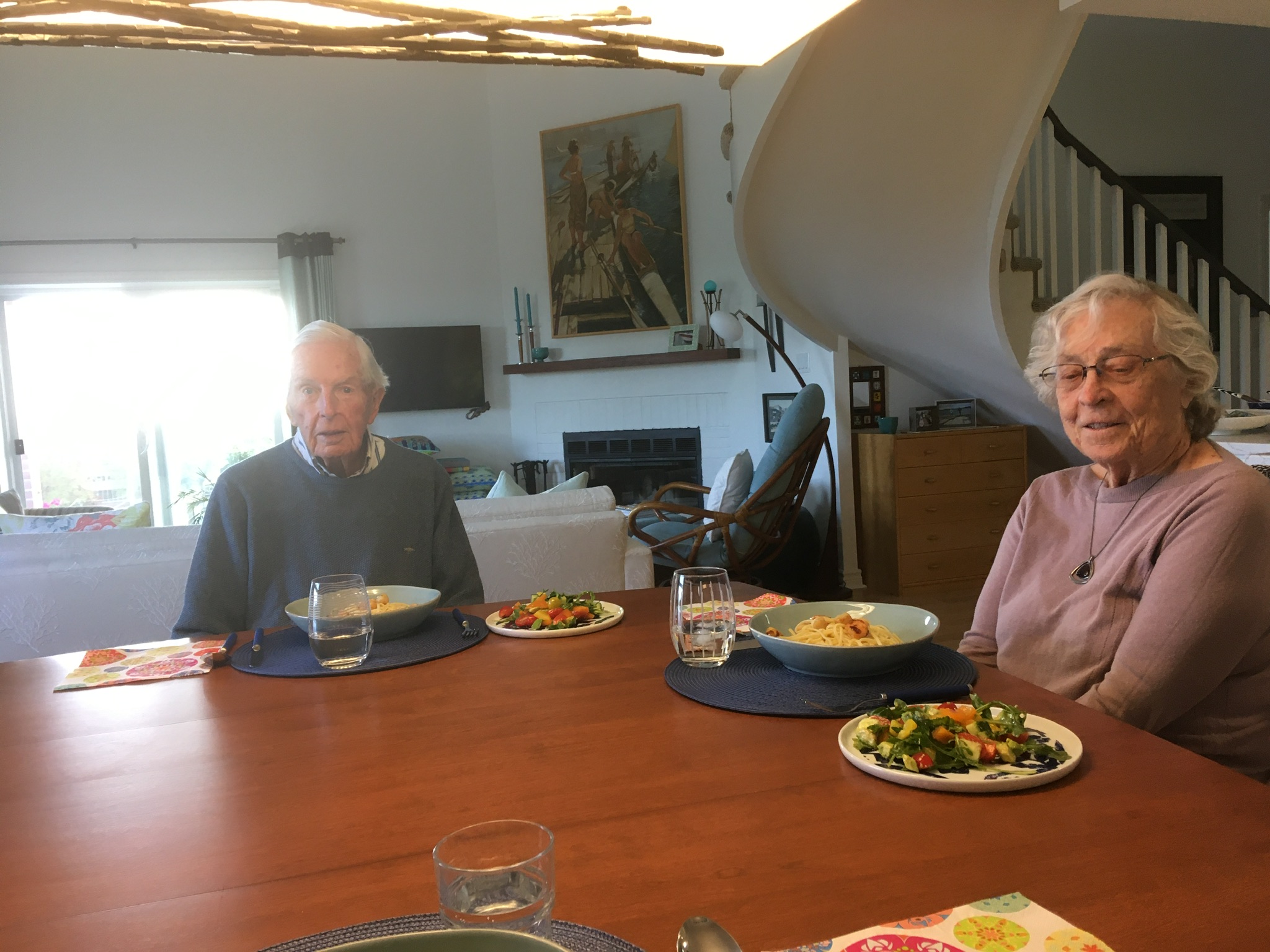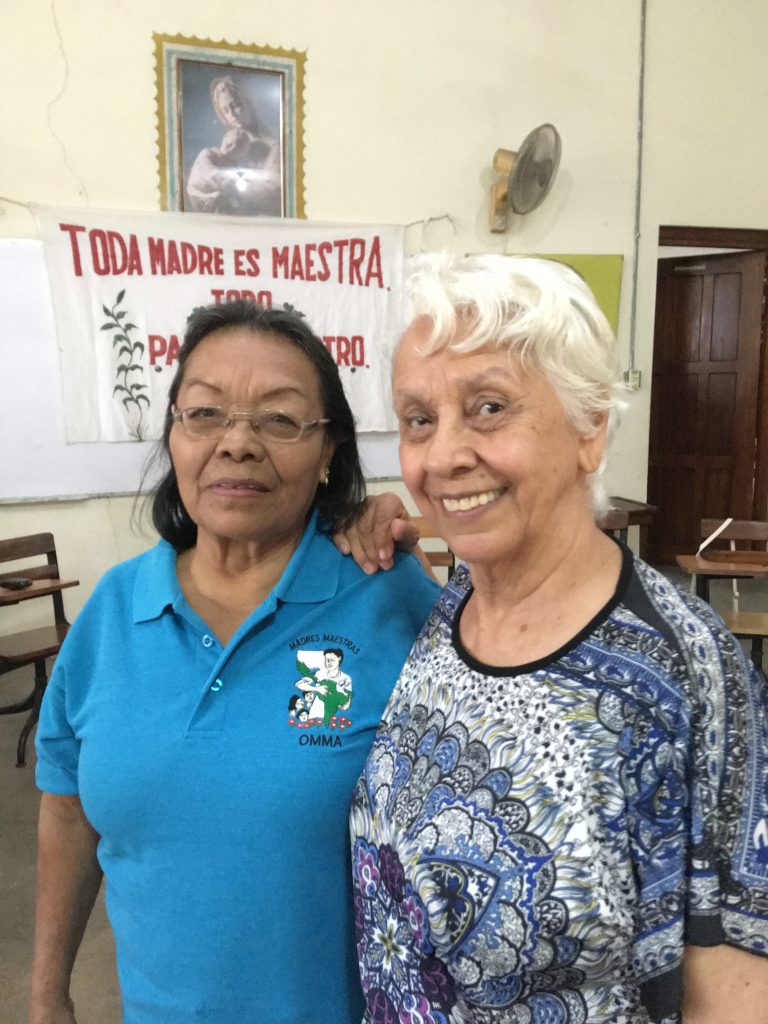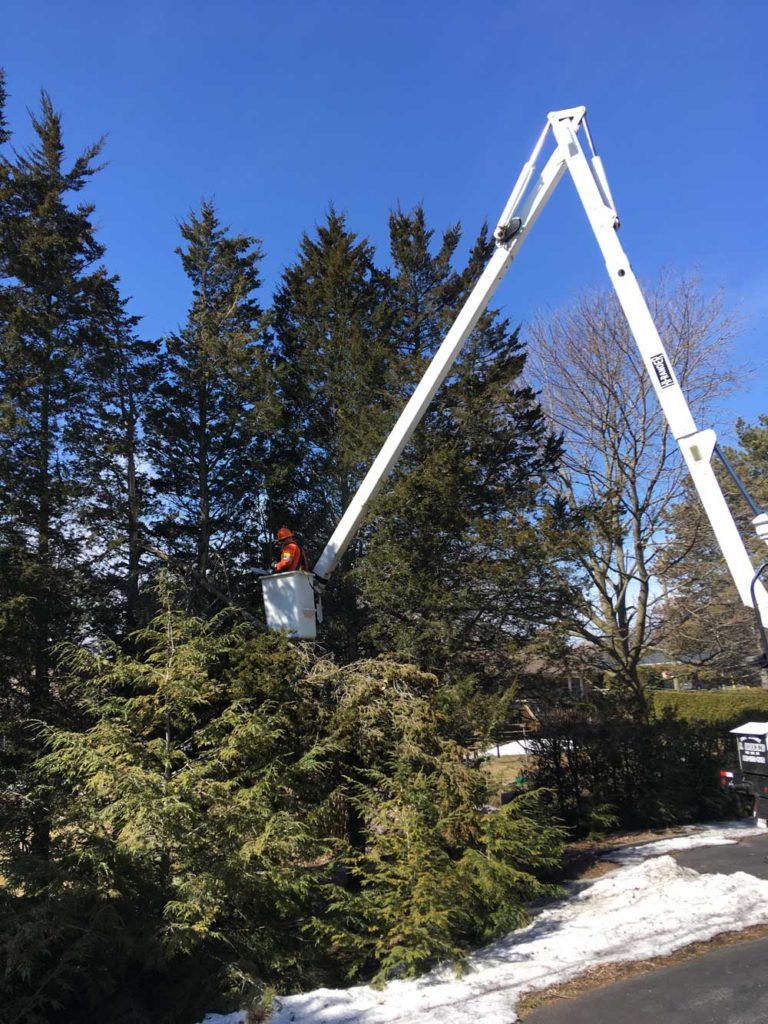The novel, Isadora’s Dance, is about how to follow your muse. It is dedicated to the late Doreen (Wladyka) Gorsline who was a couple of years ahead of me in high school. She invited me to join the Writers & Friends committee when I moved back to Port Hope. She was always very encouraging and introduced me to Larry Scanlan when he came to an event at TCS (Trinity College School). Years later he wrote A Year of Living Generously. His presentation at Writers & Friends about that book opened our eyes to the true cause of our fundraising efforts. Doreen led her volunteers in putting on annual events during a time when our efforts were matched 3 to 1 by the government. She also worked tirelessly to build awareness on how the funds were helping those in need living in Central America by inviting us to presentations by Horizons partners and giving reports from the Board of Directors to the W&F committee. Writers & Friends was started by her, the late author, Farley Mowat, and the writer Ronald Wright who used to live in Port Hope but now lives on Salt Spring Island. He came as a guest along with countless other Canadian authors who were willing to give their time for a good cause.
All posts by dmwootton
Isadora’s Dance
Pandemic Meals
I am fortunate to share meals during these COVID times with my new neighbours. Once the lockdown started the three of us started to eat together every night. This is something we all look forward to at the end of the day.
Here we are enjoying Caesar Salad, a favourite. My personal recipe for dressing uses olive oil and lemon juice. I make it in a wide wooden bowl which was a present from my late brother-in-law. He purchased it at the former craft store in Yorkville. When asked for the recipe I confess I don’t know the measurements because I base them on the size of the bowl and the number I’m feeding.
We have become adept at planning meals and taking turns shopping.

We live on the top, sixth floor, of a condo building. Nancy has totally renovated her kitchen. It is very modern, open concept, and large. She is happy to cook on Saturday nights as she works via zoom during the week. We invite the fourth resident, John, to join us. He is very grateful to be treated and shows his appreciation by bringing a bottle of wine. Sometimes he cooks for us or takes us out to restaurants when we’re allowed.
We share stories and have learned much about each other. John writes long notes of gratitude on New Yorker cartoons.

Reba often cooks during the week but, with the good weather, our favourite place to eat is on my balcony.

art support

This painting now hangs above the fireplace in my condo. My late husband and I purchased it at auction held by my former neighbours in support of cancer research for their late son.
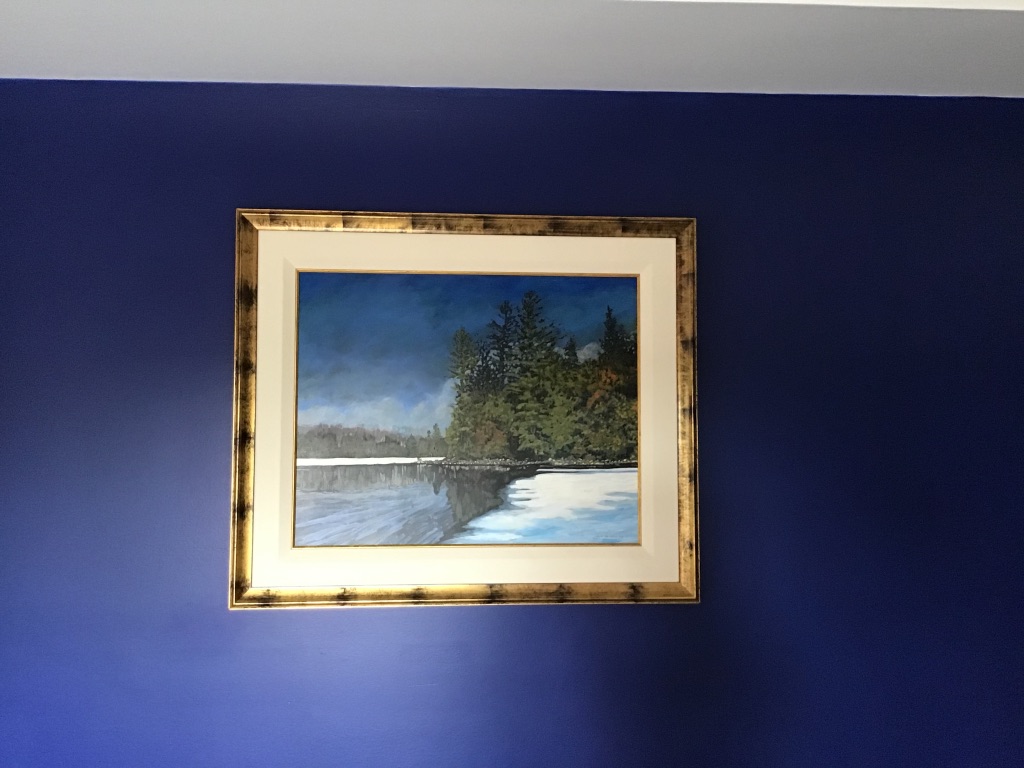
My late husband purchased this painting at auction. It reminded him of trips to Algonquin Park. It now hangs in my bedroom on a wall that seems custom painted for its display.
This year’s 2020 Nobel Prize in Economics went to the researchers of auction theory. Who would have guessed such a theory existed? That got me thinking about acquiring art through auction. This personal practice is an act of giving. The successful bidder gives the total amount to the charity holding the auction. This personal practice is entirely different from donating art in exchange for a tax receipt. I have given art to places like museums in exchange for a tax receipt. I have also donated art purchased at a charity auction to another auction for fundraising. This is all part of downsizing. What I kept fits well into my new life.

Missing
Missing or cancelled, themes for our times in a pandemic
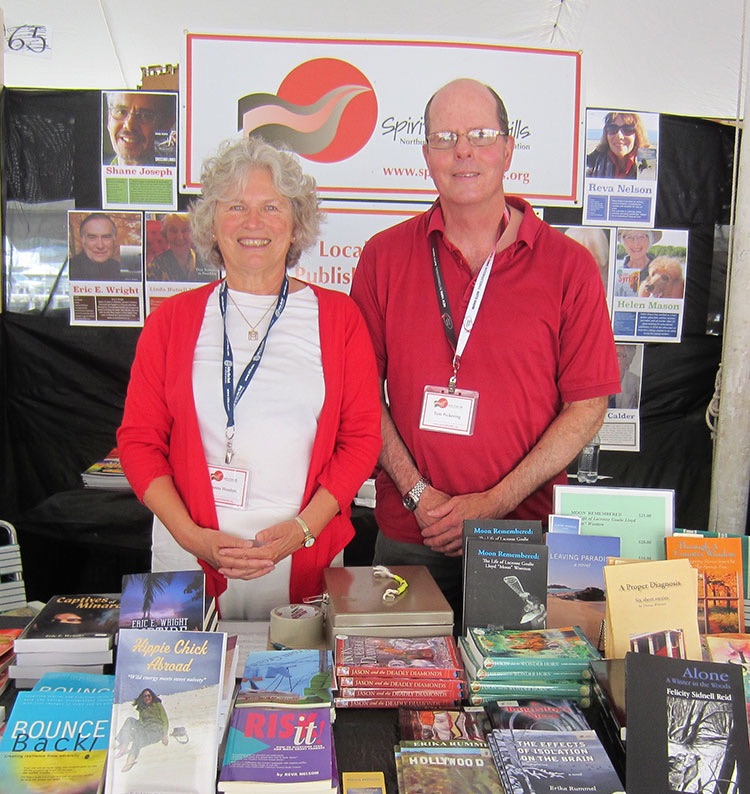
All festivals cancelled during the pandemic summer I move to a condo in Cobourg. I’m fine with that. It’s quiet, which I like. The beach, too is closed, which is necessary. We want to limit out-of-town visitors. We want to reduce contact with strangers. We want to limit harm. Yet I miss these dynamic venues which offer contact with like-minded people. Like me, Tom is a member of the Spirit of the Hills. He knew my late husband. They talked about gardening at Baltimore Nurseries. During the 2019 festival my friend from Britain came on her way to dance camp at Trent University. She loved the busy beach. It reminded her of where she lives in the south of England. When the beach closed I missed walking along the shore on the sand. Now I can, but only during the week. Today I walked on the beach with Irene. We met Antony and Ana, another SOH member and a poet. We became friends in Cuba where we attended the CCLA workshop in February. When will we travel again? Then we saw two Killdeer chicks scurrying along the wet sand, running away from us and the waves. They get to fly south. I’m envious.

Pandemic summer has been the year of fresh air. Luckily I’m living where the air is fresh: lake breezes, winds from the west, easterly gusts. Barefoot dances on the grass or Zoom classes? Of course I prefer being with real people on the dewy grass, but I miss the company of distant friends. All workshops cancelled, so we have to improvise. We’re good at that! We zoom and exercise together in the comfort of our own houses. We come from England, Scotland, France, Germany, Switzerland, and across Canada. We chat and wave. We laugh and cry. We are patient with wavy sound and compromised music. We stretch and step. We twirl and reach. We look forward to meeting up again. It will be virtual.
Mayan Ruins
In the 1980s, I visited Chichen Itza when on vacation in the Yucatan Peninsula in Mexico. In the 1990s, I read Time Among the Maya by Ronald Wright. In August of 2019, I visited an extensive exhibit on Mayan Civilization at the Royal British Columbia Museum in Victoria. Thus my curiosity was sparked when the opportunity came to visit Tikal in Guatemala.

It’s early on the first morning in Tikal, some of us up before breakfast with the promise of a dawn chorus like no other if we join the enthusiast who’s been here on four previous visits. Who wouldn’t want to hear the rainforest come alive? Tropical birds. Chattering monkeys. The wind in the canopy of trees.
The National Park was first created in 1955 and is now a Biosphere Reserve. It was declared a UNESCO World Heritage Site in 1979 after extensive restoration. Tikal is the Heart of the Mayan World where this civilization flourished two thousand years ago.
First promise realized the night before when we all heard the howler monkeys. Now we share our common experience of the roar that woke us. We were warned it was used in the filming of Jurassic Park. It is an unearthly sound that travels far yet feels close by. And yet the enthusiast failed to mention that their sound is amplified by the bones in their necks and the loudness is negatively correlated to the size of their testicles. They roar like that to guard their territory. They’re elusive, so hard to spot.
Later a guide leads the whole group around the site where temples were uncovered revealing an ancient time of peace and prosperity, where arts and sciences flourished. The Maya were skilled at mathematics and astronomy. We are curious about the mounds still covered in earth. Where did they get the stone? How did they cut and assemble these giants? They were short people, still are, but industrious. Some of the stones on display show preserved texts in relief. Scribes wrote on every available surface. And yet these glyphs remained cryptic until scholars finally deciphered them in the last century. We see texts preserved on stelae, stone slabs. Spanish flames destroyed Mayan books. How often have devils burned what they claimed was the work of the devil?

We are curious about the pendulum hangings on trees, woven nests of fibres and vines. We aren’t familiar with the birds that build them. When these birds fly overhead, they make a piercing song. In flight their tail wings show yellow markings. They could be yellow tailed jays. We learn their proper name is Oropendola which suits them given their basket-like nests and large, pointed bills.
Still confused by birds, we follow what we think is a peacock. It has a long tail that drags on the crowd when it struts. Its blue/green coloured feathers are iridescent. On the grounds of the Great Jaguar Temple the bird joins others strutting through the Great Plaza, dismissive of the throngs of curious tourists. These birds behave as if they own the place. We learn they are Occellated Turkeys.

We take many group photos standing at the buttress roots of the giant kapok tree. I ask someone to take my picture while I stretch one arm and hug its smooth bark. This is the tree of Mayan myth and, every time we pass under one, we look up in awe. It was known as the Tree of Life, a sacred tree that connects the middle world inhabited by humans to the heavenly, upper realm where the souls of the dead and gods travel.

The muscles in my legs start burning when we climb the wooden steps built beside ancient temples, yet I am determined to reach the sky. At the top I am rewarded by a view over the canopy of trees where the giant kapok rises above the others, an island in a sea of trees.
Here there is sunshine and wind. I watch a macaw fly overhead. I listen to a group of chattering parrots. Spider monkeys swing through the tall branches below me.
The next day we visit another site, Yaxha, where a different guide leads us. At one temple, where it is permitted to climb the irregular steps, a few of us rise to the challenge. Cautious on the climb down, I ask for a spotter and someone does go ahead of me. The enthusiast informs us that Chichen Itza is closed. “Why?” I ask. “Too many people fell to their death.”
Travel
What is it about travel that inspires the muse? Is it simply being in a country away from the familiar? Or is it seeing the familiar with different eyes?
Goethe said that the highest goal humans can achieve is amazement. Can travel achieve this? Why limit oneself to a singular experience or repeat the familiar without cultivating others? Why settle with simply being a tourist?
Nowadays travellers often go on adventures that pit themselves against the elements or to test their own limitations. I did what more and more travellers are doing. Last February I chose to experience the foreignness of an unfamiliar country by signing on to travel with a local NGO who organizes exposure trips to educate participants in the work it does.
On the outskirts of the city of Panama I found Flor Eugenia, a slight woman with white hair who took the time to welcome me and my fellow travellers to the community she founded in 1971. It is called Madres Maestras/Teachers Mothers. They care for children whose families have moved from rural areas. We met the children and their mothers. We did not meet their fathers, although there was some talk about what these strong women are doing to get the men involved. Their culture still lacks liberal practices. As a mother of two sons who can fix things around the house, garden, do the laundry, cook well, and care for children, I was struck by this disparity and would encounter it elsewhere in indigenous cultures.
It took years of dedication to keep this program going and make it work. In fact, it works so well the community school idea has spread across the country. Two visitors from the Philippines arrived while we were there. They are planning to open a Mothers Teachers school in their country. Weeks later, after I arrived home, I heard on the radio that local neighbourhoods want to create spaces where parents and children learn together. Touted as a progressive educational model, I thought this model will succeed if we can support and sustain it like the one I had visited.
After Panama our group continued to Costa Rica. We had the unique experience of crossing the border on foot with our luggage in tow leaving behind one bus and driver to board another. Awareness dawned. Millions cross borders on foot every day. They do not choose where to land. Unlike us, they are not tourists. Such privilege to be one or the other belongs to the likes of me and those of my fellow travellers who paid our way, a legitimate tour at a reasonable fare. Now on the bus I was full of memories of a Panama outside the familiar. Yes, I had visited the Panama Canal, Casio Viejo (Old Panama), and seen the new Panama of international riches including modern high rises and new bridges. Yet, what remained were the memories of warm ocean waves rolling into shore along a shallow stretch of a sandy beach in the province of Chiriqui and the brilliant expanse of stars positioned in a sky close to the equator. Companionship that brought warmth, sparks, laughter.
My reward for venturing off the beaten path came in the form of amazement on the south Pacific coast of Costa Rica. Where mostly locals visit sits the OSA Peninsula, home to the Bahia Ballena National Park, a vast protected marine and biological reserve. Now, I have travelled to the east coast of Canada and seen puffins and porpoises, to the west coast and seen eagles and whales, to the Galapagos and seen boobies and dolphins; but here, in Costa Rica, one boat excursion brought those sights and more. Breaching humpbacks so close we could reach out and almost touch them, colonies of birds across the water from howling monkeys, and a tidal formation in the shape of a whale’s fin, a fluke. Total amazement!
Costa Rica is known for its waterfalls. Our group visited them in both Costa Rica and Panama. Despite the description of a challenging trail, I was determined to get to Ngöbe-Buglé, our first visit to a waterfall. I joined the young students and seasoned hikers. To top off the challenge it was a windy day. At one turn a fierce gust slammed me against a rock and pulled my sunglasses off my head. When I reached for them an indigenous guide raised his palm indicating for me to stop. He nimbly retrieved them. That’s when I realized I had a following. A long line of locals wearing only flip flops giggled. I was grateful, if a little embarrassed. They were looking out for me, an old lady in hiking shoes unused to the steep terrain, rocky ground and narrow path. The effort of getting there was worth the plunge into the cold basin below the veil of falling water. Trips to other waterfalls were easier and always rewarding.
No surprise to learn that fish farms are catching on in Central America. Where I live there is a local trout farm that is gaining in popularity for being sustainable. The environmentally conscious consumer likes to eat at restaurants where these fish are served. In Costa Rica we visited a fish farm in Boruca which is an indigenous reserve. The family working this farm are basically squatters on their own land that was once occupied by non indigenous cattle farmers. The set up reminded me of many farm to table initiatives. Here water comes from a spring in the hills where there’s a waterfall. This irrigation system will also allow for building greenhouses and the establishment of vegetable patches in the future. So, goodbye cattle farmers. Hello sustainable production for local consumption. The main fish cultivated are tilapia and fresh water shrimp.
On our first day in the capitol city of San Jose I woke up early. Outside our hotel the street was busy with people heading off to work. I felt safe joining the throngs who were walking in sunshine. Only one block away I came across a plaza with installations that resembled the works of Henry Moore. Heidi, a mature student who was also with the tour, saw me and waved. We were both full of delight to find ourselves in this magical place where we discovered an extensive sculpture exhibit of Jiminez Deridia. All the bronze sculptures that lined the park had figures with spheres. Earlier on our trip we had been introduced to the phenomenon of stone spheres that litter the countryside in Costa Rica. There is much speculation about how they came to be. Were they carved by ancient people? Did they drop from the cosmos? Were they formed naturally? Later that day we visited the national museum and saw an exhibit in their central garden of varying sizes of stone spheres and an exhibit indoors on their origins. We would also saw more gigantic sculptures being erected outside the museum in Democracy Park. Before leaving the national site, we took a group photo in front of one of these impressive sculptures.
Early the next morning, our last before departing for the airport, I again left the hotel to take a walk. Outside our hotel I came across a work crew with more sculptures by J. D. that were loaded onto a flatbed truck. The workers were busy installing another large piece. Here was the evidence of a country that values the art of its citizens. Such effort, such cost, such attention, by both the creator and the citizens. I wished I could have stayed longer to delve deeper into the phenomenal work by this native sculptor. Yet I was content to go home having achieved my goal. I took away the warmth of the people of Central America. I experienced rural and urban lifestyles. My muse inspired I wrote broadly: poems, blogs, this piece.
NAMES

Sisters Donna and Dolores at the launch of What Shirley Missed at the local bookstore in Port Hope
The main character in this novel is Shirley Palmer. That is her married name. Women still have that choice. Her birth name is Shirley Anne Montgomery. This name recognizes a heroine in Canadian fiction. Lucy Maud Montgomery wrote about Anne Shirley in Anne of Green Gables. Why did I choose this name? Read on.

Donna at the Waterfront Festival in Cobourg
Nominative Determinism is an offshoot of a theory by Carl Jung and was known by the Romans as “nomen omen”. Thus the meaning of a name may play a significant role in the fate, talent and skill of its owner. So Mr. Baker makes bread and Mrs. Taylor sews dresses. You can see how enticing this theory is to writers choosing names for characters.

Donna gives a reading at Trent University in Peterborough
I came across the surname Rainbow when reading the obituaries in the newspaper. If I used this name in my writing the character would be optimistic and hopeful. Anne Shirley is known around the world as a fictional character. She is forever young. In my novel What Shirley Missed the main character misses out on many adventures including growing old.
Plant A Tree
A society grows great when old men plant trees, the shade of which they know they will never sit in.
These hemlocks were planted by such a man. They were chosen carefully. The Eastern or Canada hemlock is a coniferous tree native to Eastern North America. Their small needles lay flat and the top of the tree is weepy. Planting any old tree species won’t do. Being mindful of the choice of tree makes for a stronger forest. To paraphrase the quote above by the character Penelope Wilton played in Afterlife: Good happens when an old man plants trees knowing he won’t live long enough to sit under their shade.
Yet it takes more than just planting to make good happen. It also takes tending. Invasive species can crowd out native species. Pruning dead and fallen branches is a big part of managing a healthy forest.
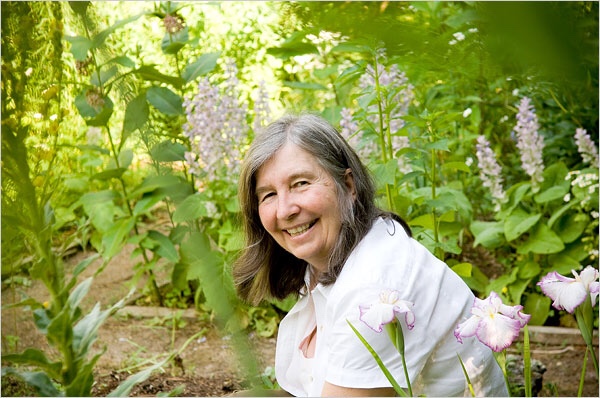
Diana Beresford-Kroeger is a botanist and environmentalist who champions the value of trees. She is particularly adamant that we protect the boreal forest to reduce the harm done by carbon emissions and to reduce the effects of global warming. Science does not completely understand how the chemistry of this happens so cannot alone counter nay-sayers. Recognizing how to make all forests sacred will go a longer way to achieve this goal. She was the inspiration behind Heartwood, an anthology of poems by Canadian poets who love trees and recognize their importance. Here’s my verse written for the good man who planted trees for the benefit of your children:
Moon shadows on the garden, Song breaks a cricket chorus, World of tall pines and dwarf plants
Vanished Hour
When I heard sharp rain hitting the roof I lifted my head to read the time on the digital clock: 2 am, but with daylight saving time, 3 am. An hour lost, but the loss I felt wasn’t time. I was feeling the loss of snow in the forest. I was remembering the brilliance of sunshine glistening off powder snow. My whole body was remembering the perfect experience of x-country skiing in the best conditions this winter briefly offered. There’d been a window of opportunity between bouts of freezing rain, plunging temperatures, and gale force winds.
Every muscle in my body was awake. I was feeling the afterglow of total physical engagement. I recognized it as a sensation that comes only after I go x-country skiing. I yearned to experience it again but knew I wouldn’t. That promise disappeared just like the lost hour.

There have been many beautiful days in my life spent on ski trails. In bed I was in a reverie remembering the past 2 days. One day I’d gone with a friend to a forest where skiers break trails. The woods are so close you sometimes feel you are going to hug a tree. We skied for 2 hours. The next day I went on my own to another conservation area where the trails are groomed. It seems safer because the trails are wider. When I stopped to take a drink in the middle of the forest there was silence. I soaked up the quiet, the sun, the isolation. It is very restorative to feel such peace.
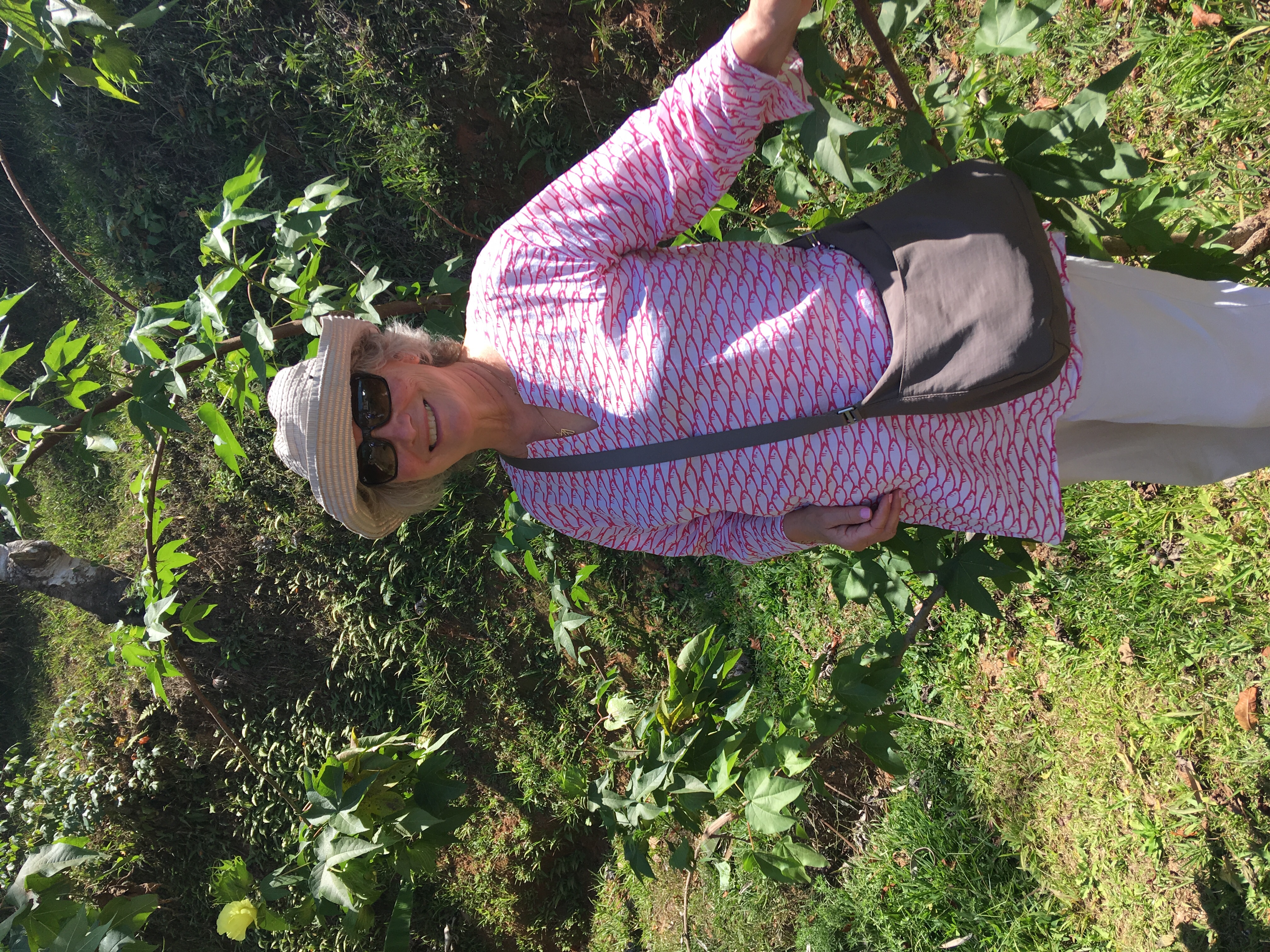
What is winter without snow? Many dislike winter so much they flee to warmer climes. Last month I went to Panama and Costa Rica where I was privileged to plunge into a warm ocean, tour the countryside under dry skies, and soak up the sunshine. Yet I always question why we can’t all embrace the beauty of winter? There is so much to enjoy. Snow has its own beauty. No snow is worse than too much. Our forests need snow. It is a gift to our environment we will regret losing.



